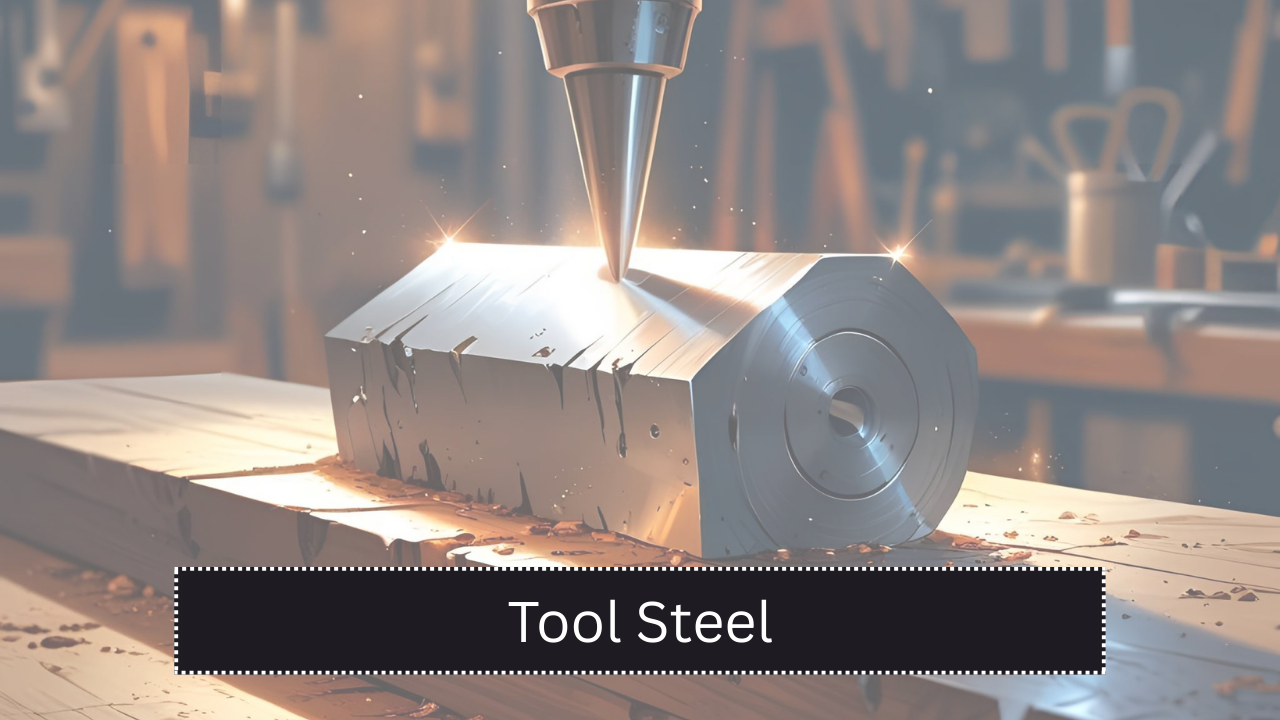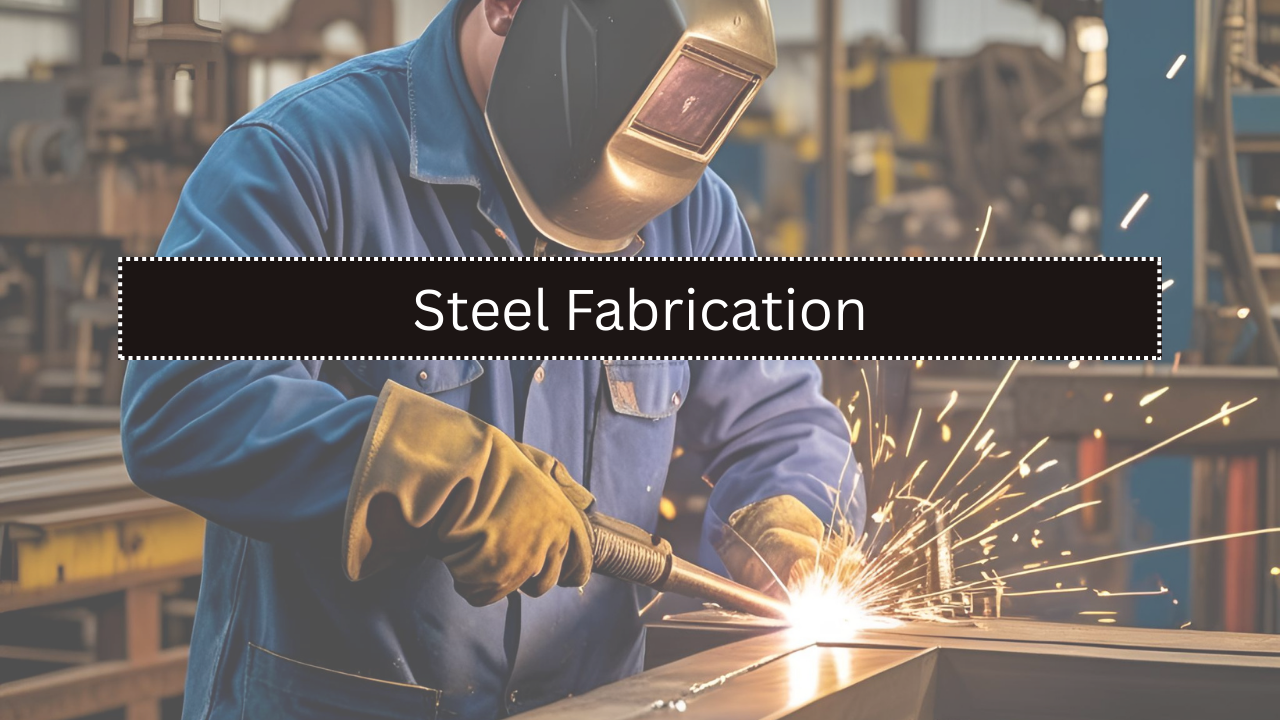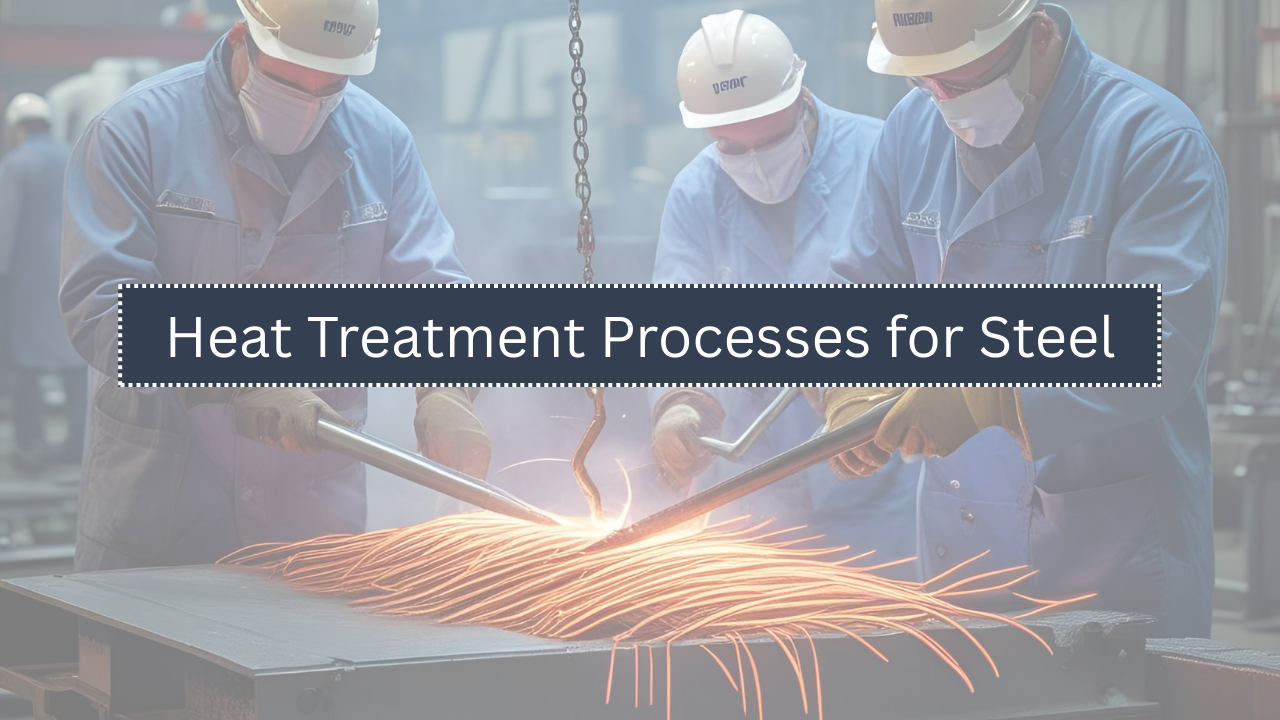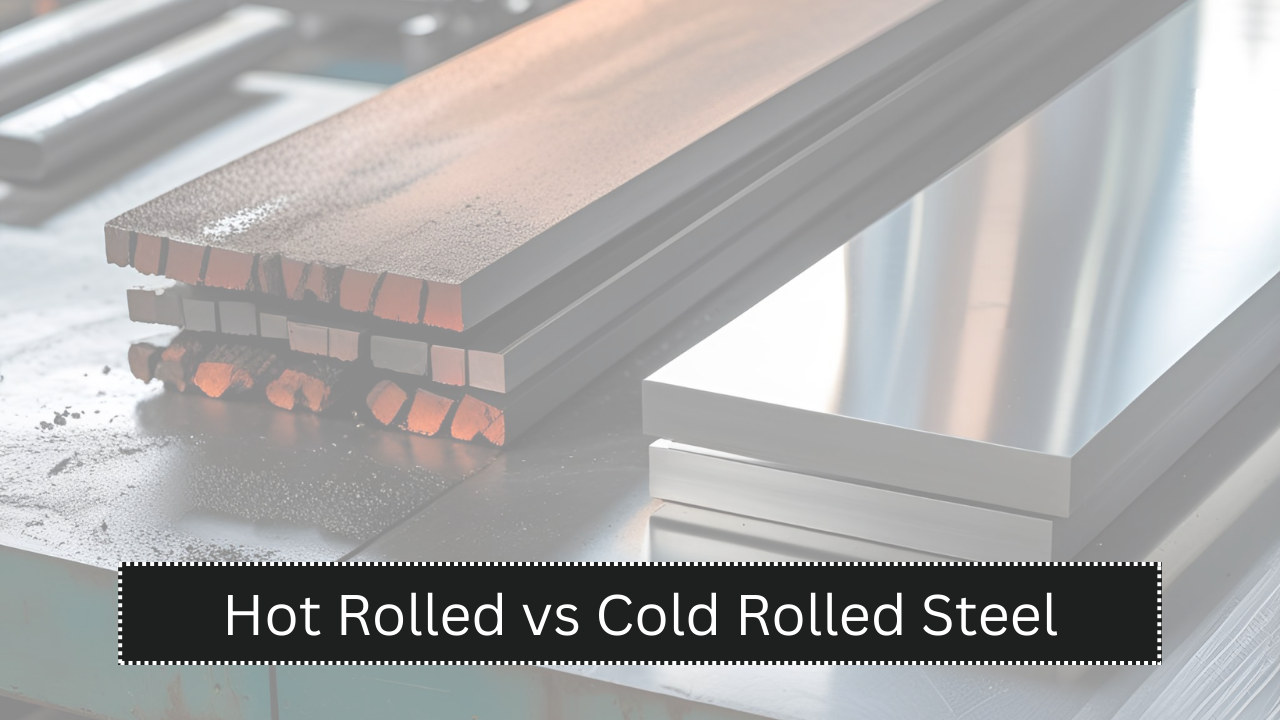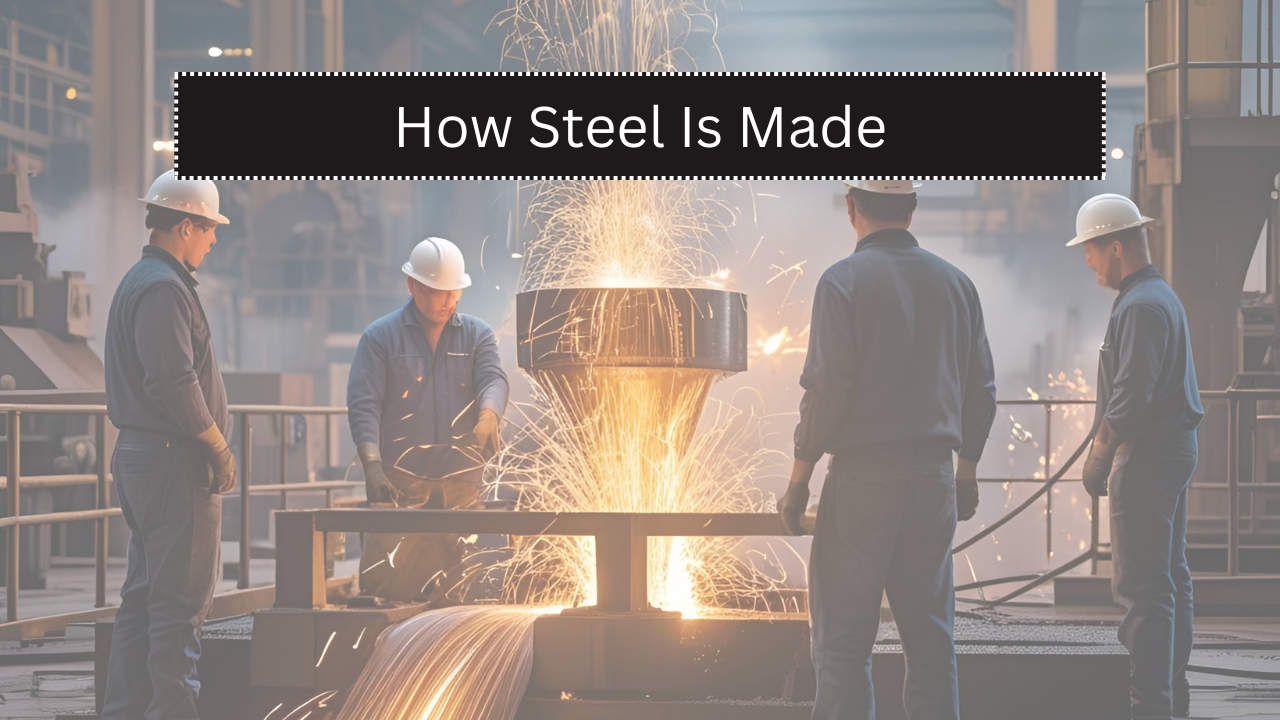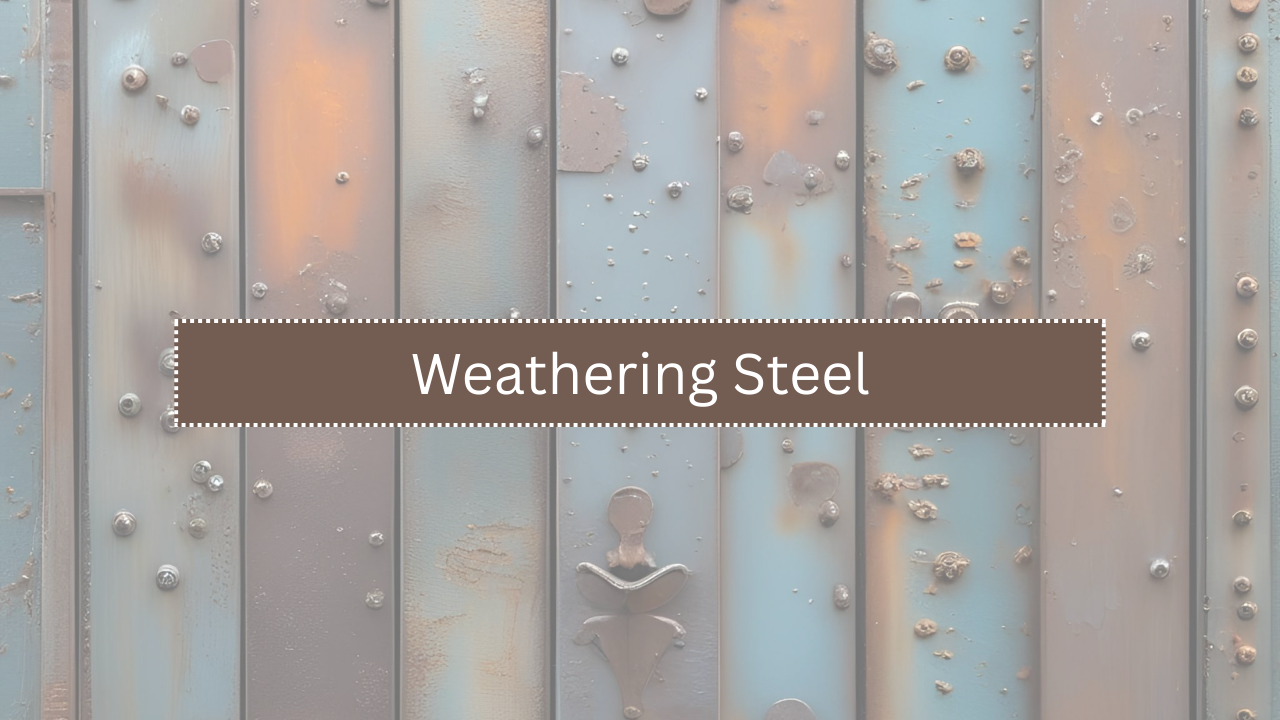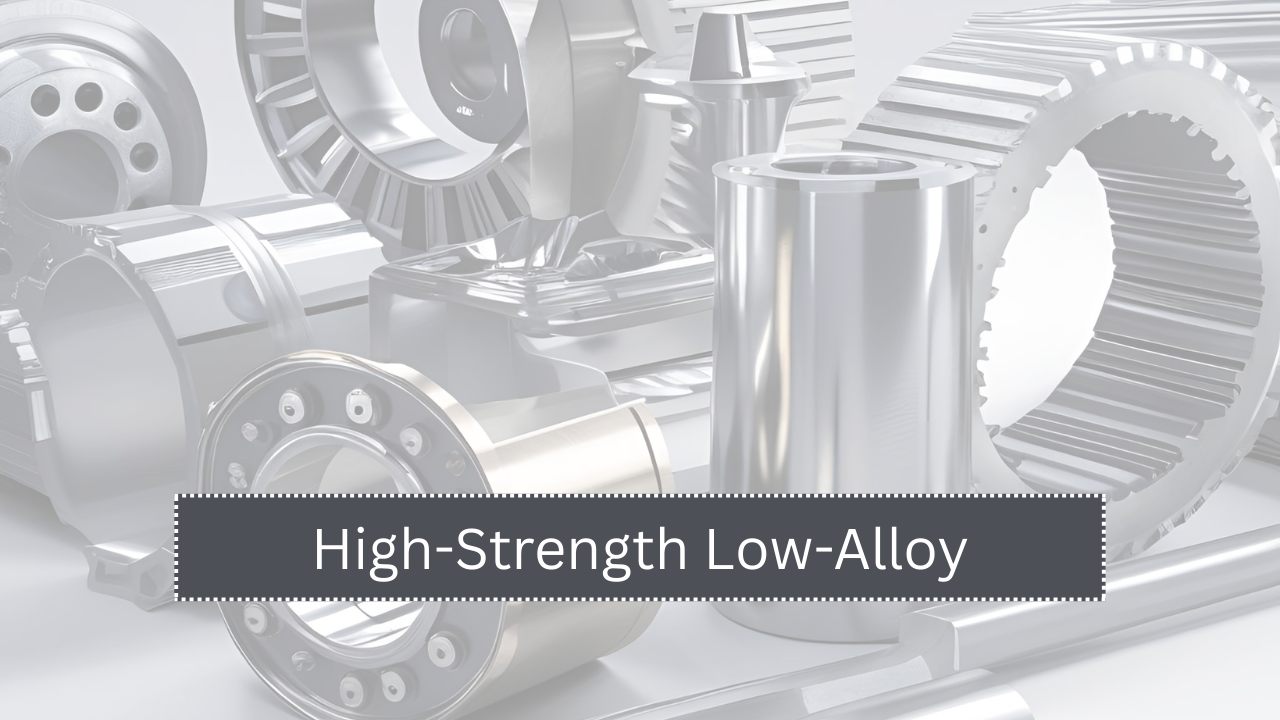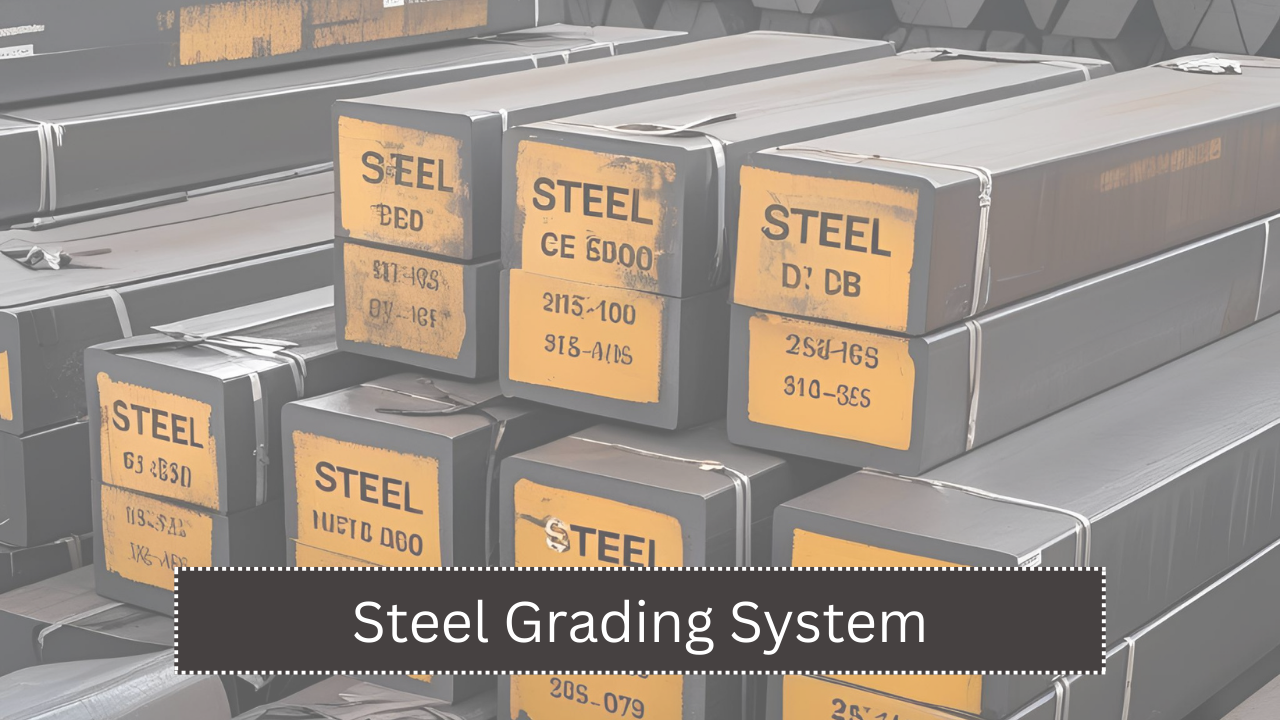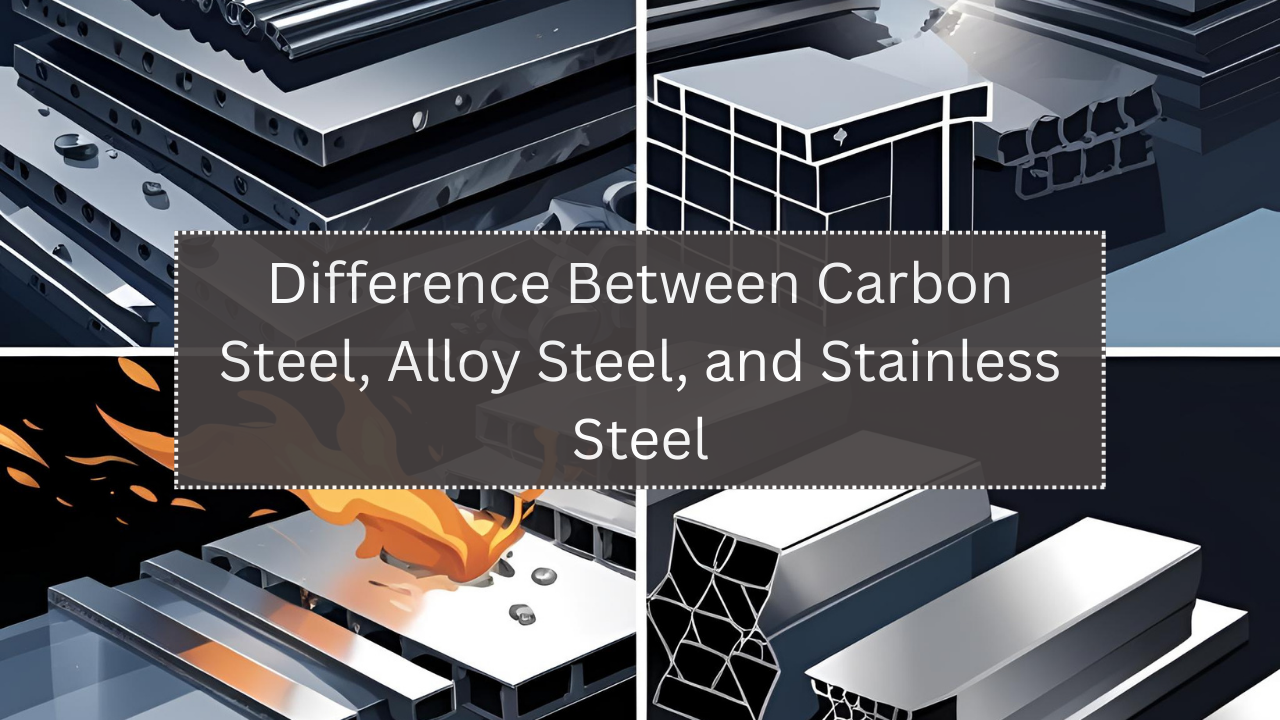Tool Steel Explained: Uses and Properties
Tool steel is a special type of steel designed to make tools and dies. This material is known for its hardness, resistance to wear, and ability to hold a sharp edge. Tool steels are used in many industries such as manufacturing, construction, automotive, and aerospace. They can handle extreme pressure and temperature, which makes them … Read more

